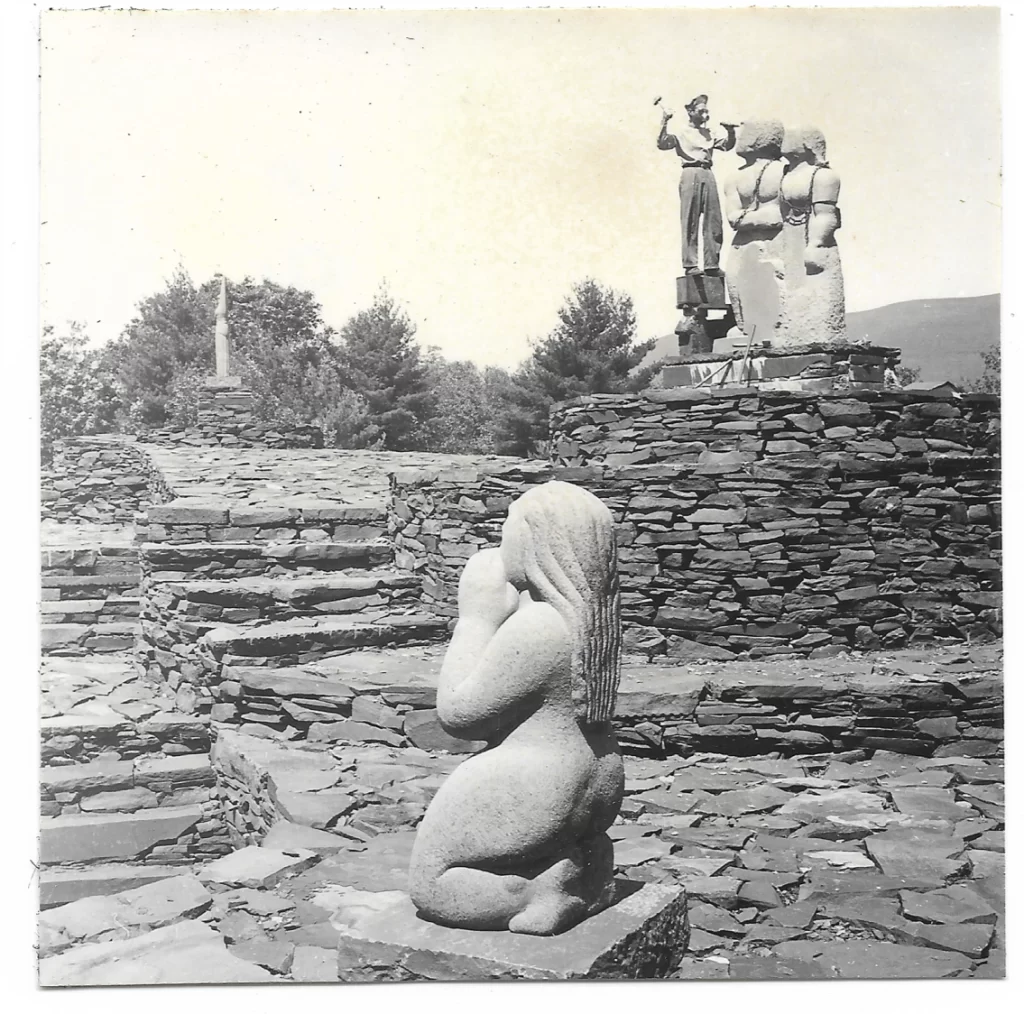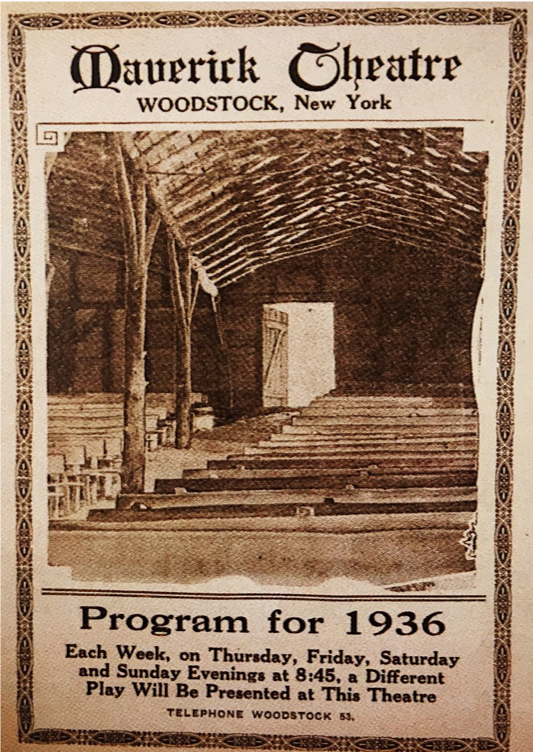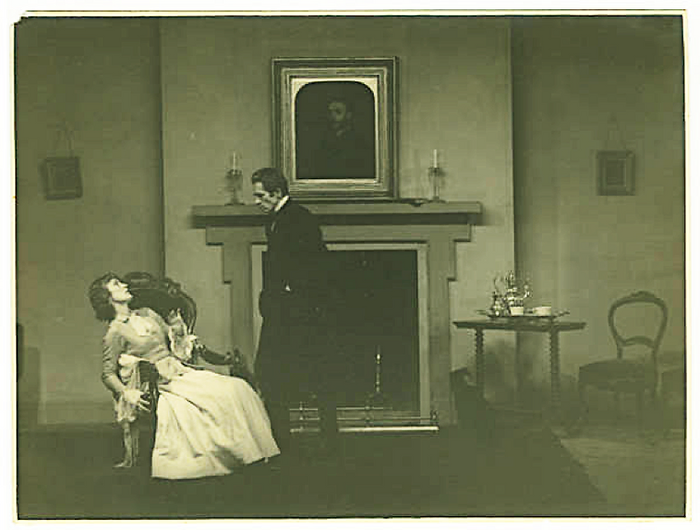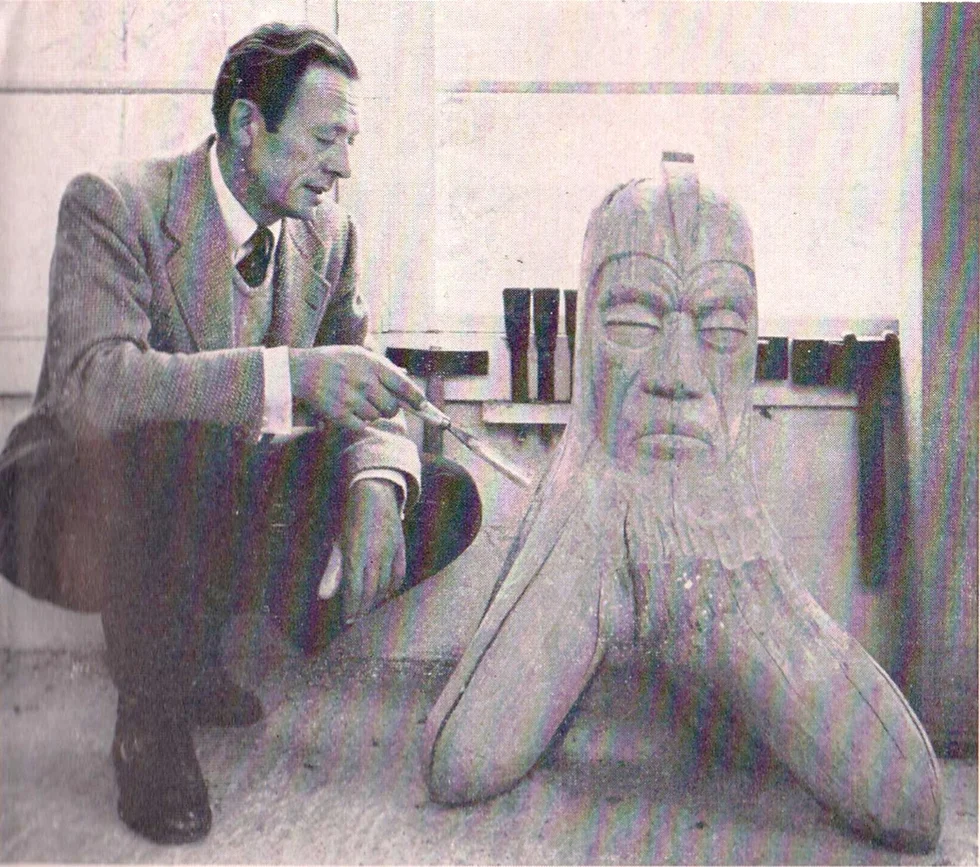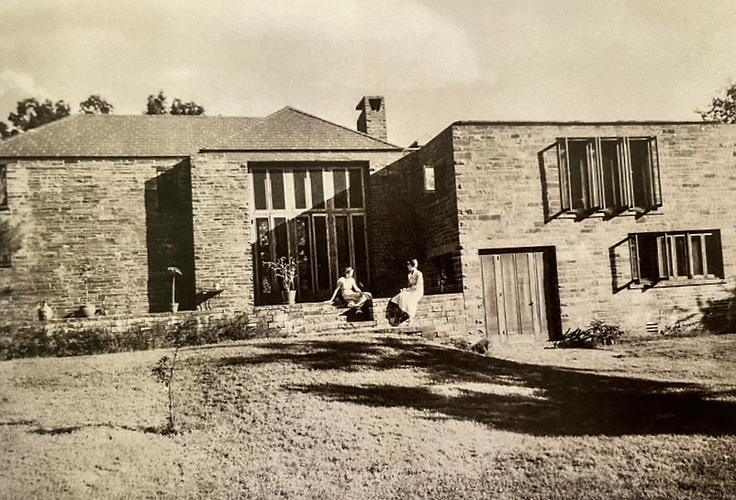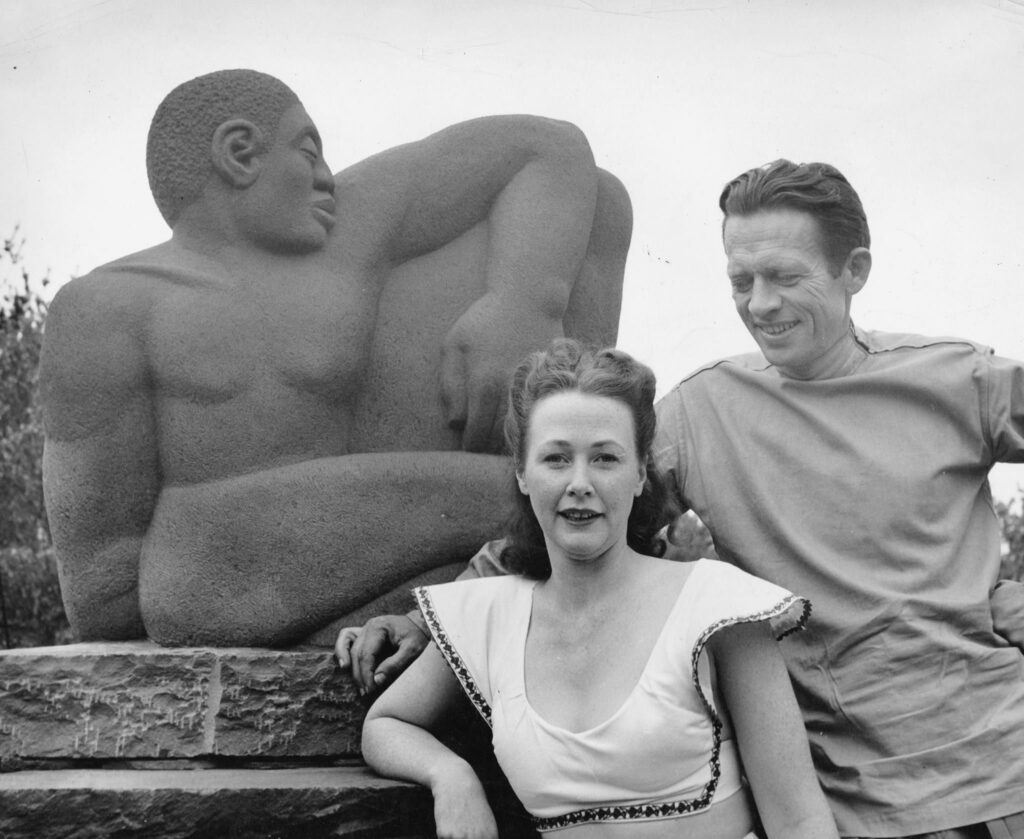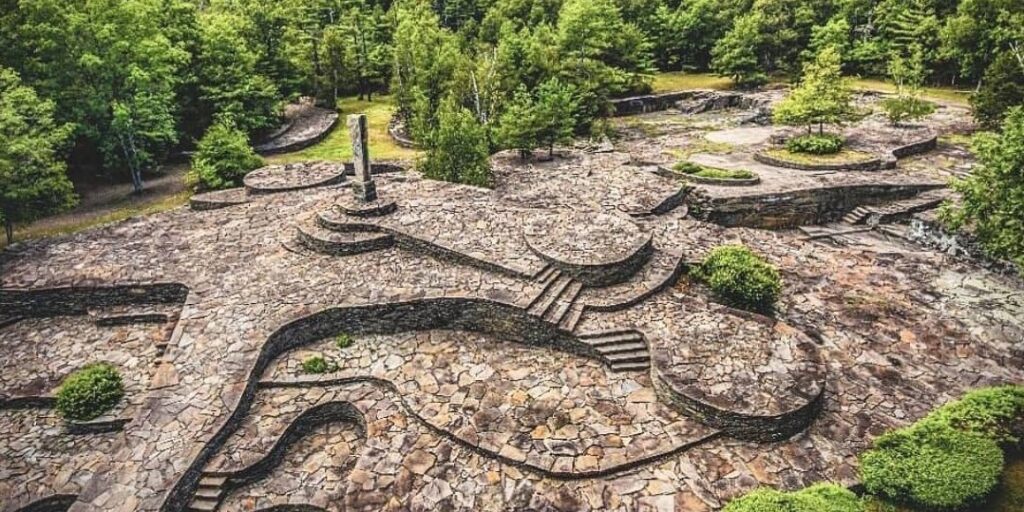From the barefoot boyhood of a Texas farm to a divinity school in upstate New York, to an apprenticeship at the famed Maverick Theater in Woodstock, NY, to a touring repertory company doing melodrama and another doing Shakespeare, Harvey Fite followed the dream of leaving his “footprints in the sands of time.” And a major step along that path came as he was in wardrobe, being fitted with a costume for a play, and he picked up a discarded spool and started to whittle it.
Suddenly, there was an epiphany in his hands. He could make art directly, immediately, without the need of a stage or a playwright’s words or a bunch of other people. He could use materials and tools he knew from his farm boyhood and his carpenter father, and the sense of beauty he had learned from his study of religion, his experience with classic drama, and most of all, his experience with movement and dance. He left the theater, and began to teach himself to make things of beauty in three dimensions.
His only formal training was one summer in Italy, studying sculpture in clay, but he would soon leave that behind, preferring the direct experience of carving, and seeing beauty emerge from, and guided by, objects from the natural world, be they stone or wood.
He found his life’s calling when he bought an abandoned quarry in Saugerties, NY, in 1939. Now he was to embark on a creative journey for which there was no study or apprenticeship, because no one had ever done or imagined anything like it. And over the next four decades, he would truly leave his footprint in the sands of time.
But as he worked on Opus 40, the monumental 6 ½ acre environmental sculpture that arose from his quarry, he never forgot his commitment to direct carving, to finding beauty and truth in stone and wood. The work on display here is evidence of that lifelong commitment, and his devotion to his true teachers: the stone and wood itself.

